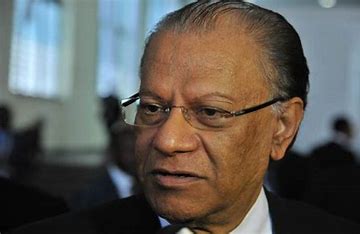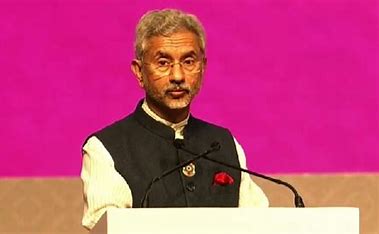
Welcome to the twilight zone between the World Wide Web as we know it and its next evolution—Web 3.0. This isn’t just any upgrade. It’s a seismic shift that promises to redefine our digital lives, weaving a complex tapestry of opportunities, challenges, and philosophical debates. Today, let’s explore whether Web 3.0 is the digital utopia we’ve been promised or a Pandora’s box is waiting to be opened.
What is Web 3.0, Anyway?
Before diving into the matter’s heart, let’s demystify Web 3.0. Imagine a web where machines understand the nuances of human language, where services and information are decentralized, and where you, the user, hold the reins of your digital identity and assets. That’s Web 3.0 in a nutshell—a vision powered by blockchain, artificial intelligence (AI), and the Internet of Things (IoT).
The Bright Side of the Web 3.0 Moon Empowering Individuals
In the Web 3.0 cosmos, users reclaim control from the tech giants that currently monopolize the digital landscape. Your personal data? That’s yours to share, not for companies to harvest. The decentralization of services means more power in the hands of the individual and less in the vaults of mega-corporations.
A New Dawn for Privacy and Security
Thanks to blockchain, Web 3.0 promises a fortress of privacy and security. With data distributed across a network, rather than stored in a central repository, hacking and data breaches could become tales of the old web.
The Internet of Everything
Imagine your fridge negotiating with your wallet to buy milk when you run out. Web 3.0’s blend of AI and IoT aims to create a seamlessly interconnected world, where devices make our lives easier and more efficient, without needing constant instructions.
Navigating Through the Shadows
The Digital Divide Widens
For all its promise of empowerment, Web 3.0 risks leaving behind those without the means or skills to participate. The digital divide could grow into a chasm, with the unconnected and the underconnected losing out on Web 3.0’s benefits.
The Complexity Conundrum
Web 3.0’s technology is complex and, at times, utterly baffling. For the average user, the leap from user-friendly platforms to managing digital wallets and navigating decentralized apps (dApps) can be daunting.
Potential for Anarchy
Decentralization has a dark side too. Without centralized governance, the web could become a wild west of unregulated content, where malicious actors operate with impunity. Balancing freedom and regulation in Web 3.0 is a tightrope walk without a safety net.
The Verdict: A Blend of Utopia and Dystopia
Web 3.0 is neither a hero nor a villain in our digital saga. It’s a complex character, full of promise and pitfalls. The evolution towards a more decentralized, secure, and user-centric internet is not just inevitable; it’s already happening. But with great power comes great responsibility. It’s up to us—developers, users, and policymakers—to steer this ship wisely.
Navigating the digital future requires us to be proactive, informed, and, above all, engaged. Whether Web 3.0 becomes the utopia we hope for or veers closer to dystopia depends on how we embrace its challenges and opportunities. The web’s next chapter is being written now, and each of us holds a pen. Let’s write a story we can all be proud of.















